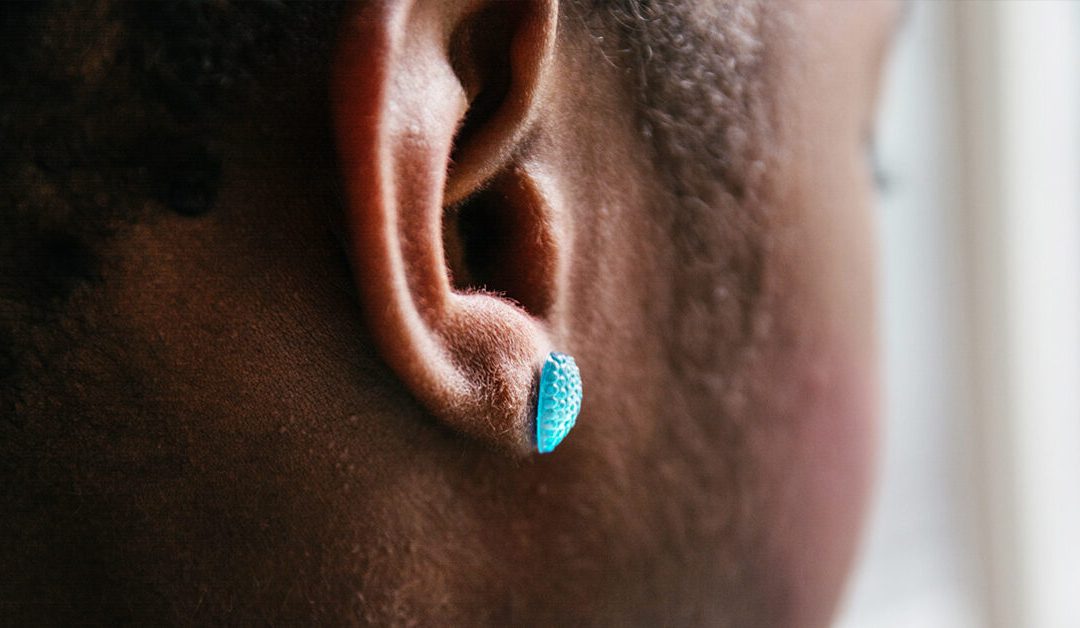Babies generally have a newborn hearing evaluation while they are in the hospital after birth. If this screening shows signs of hearing loss, the baby will be checked again and should receive extra testing as they age.
Children who have access to healthcare as they age will also have routine hearing screenings during annual physical exams with their pediatrician. The American Academy of Pediatrics recommends all children have a more extensive hearing screening at ages 4, 5, 6, 8, and 10. Children with signs of hearing loss need more frequent screening.
A hearing evaluation for an infant or child with hearing loss from CMV may include these tests:
Automated auditory brainstem response (AABR)
This test uses a computer, electrodes attached to your child’s head, as well as a wand or headphones that deliver sound into your child’s ear. The AABR test measures the markers or responses your child’s brain does or does not make to these sounds.
Otoacoustic emissions (OAE)
This test is used for children who cannot respond, so it is given to babies and very young children. The OAE test uses small earphones inserted into the ear. Clicking sounds are sent into the ear.
When the sounds reach the cochlea, if they vibrate the tiny hairs, very faint sounds called otoacoustic emissions will bounce back to the middle ear. There, the earphone will measure them.
A hearing evaluation for a child may include AABR, OAE, and other tests such as:
Behavioral audiological evaluation
This test measures how a child responds to sounds at various levels. It is usually conducted in a soundproof booth or room, and a child will either look toward a sound or be asked to respond when they hear a sound.
This test uses a puff of air delivered into the ear to move the ear drum while a machine records the movements. Since the child needs to sit still for this test, it is usually not given to very young children.
Tuning fork tests
Tuning fork tests literally use a tuning fork to help determine if there is hearing loss and if the hearing loss is sensorineural. There are two tuning fork tests:
This content was originally published here.

